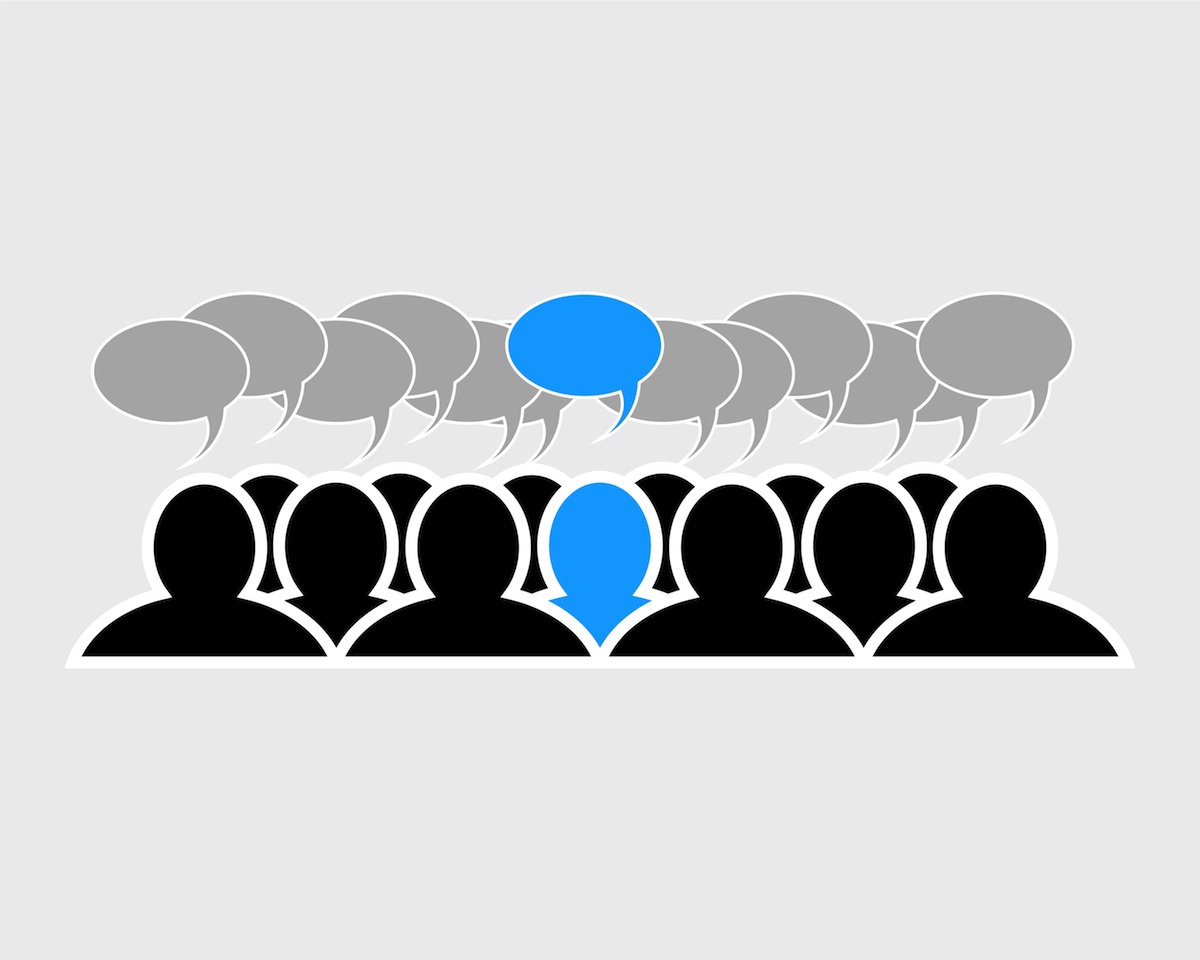The Local newsletter is your free, daily guide to life in Colorado. For locals, by locals.
I grew up in north suburban Chicago. My hometown and the next one over are about 10 miles apart, connected by a two-lane road that, when I was a kid, snaked through mostly open fields. Over the past 25 years, both towns have grown up and out. New housing developments, apartment complexes, and strip malls have swallowed up many of the fields, and the population has boomed.
But for some reason, that road connecting the towns remains two lanes wide, so that 10-mile gap (now more like eight) can take about an hour to traverse at certain infuriating times of the day. The developers and city planners, it seems, were so intent on finishing—and selling—all their shiny new things that they thought little about fortifying the infrastructure that might let people take full advantage of them.

For the past 15 years, the technology industry has taken a similar tack. It force-feeds us new releases—phones, flat-screen TVs, iPods, iPads—in a relentless and often shaming exercise in planned obsolescence. (You don’t have the new iPhone? Step into the 21st century, you Luddite.)
There was a time, not long ago, when the TV, phone, or answering machine a young man had in his first apartment were the same devices he’d grown up using at home. Not the same model; the same devices. It also wasn’t long ago that talking on a cell phone in, say, a restaurant was considered the height of self-involved rudeness. Now, it’s often as much a part of one’s dining ritual as the bread or the dessert menu.
The point is, the makers of all these shiny new things have been producing them with little regard for the infrastructure that might let people take full advantage of them. I’m not talking about the bandwidth; there’s all kinds of that. I’m referring to the rules, both literal and unspoken, that should govern how we use this technology—if we ever bother to put them in place.
Many of the latest innovations have happened in social networking. These new sites and systems, we’re assured, give everyone a voice. What’s left unsaid is that this all-inclusiveness is simultaneously their best and worst feature, and this is never more evident than when something like the shooting at Arapahoe High School happens.
As you know, last week, a student at the Centennial high school shot another student before killing himself. Although his precise motives are only beginning to be understood and the student he shot, Claire Davis, remains in a coma, social media lurched into its predictable frenzy the instant the news broke, and the activity has spiked with every new development.
I take no satisfaction in admitting this, but I’ve reached a point with these mass shootings—they’ve happened, on average, every two weeks since the elementary school massacre in Newtown, Connecticut last December—at which conjuring up shock at each new one is becoming depressingly more difficult. The sheer volume of these tragedies has neutered their impact so much that whenever this inevitable news breaks, my primary questions are where did it happen and what’s the body count? The whys are just too hard to face.
But in the world of social media, so fractured and frenetic, the whys are everywhere. It’s guns. It’s drugs. It’s mental health. It’s liberals. It’s conservatives. It’s bad parents. It’s sin.
We users handle these debates, these technologies, with abysmal tact and zero finesse. Why bother when our aim is to show not compassion or remorse, but that our opinions about the incident count more than the lives we’ve just lost? The technologists, it turns out, gave each of us a megaphone whose volume button is stuck on 11, and damned if we’re not going to use it.
With each inflammatory tweeted or “Facebooked” reaction, the world is informed anew that what’s important is not that you, or your family, or your community is suffering through an unimaginable tragedy. (And unless you’ve experienced it, how could you possibly imagine it?) Instead, the thinking goes, I’m going to air my knee-jerk response—be it pro-gun or anti-gun, liberal or libertarian—because what matters above all else is my agenda.
I don’t know how to stop this endless cycle of violence. Neither do you. It’s too complex and pernicious to succumb to simple fixes. Knowing that, maybe we should just use those 140 characters or those Facebook posts to offer basic condolences and encouraging thoughts to stay strong in the face of something too horrible for the fortunate to comprehend. Maybe we should stop playing into the technologists’ hands (and wallets) by mindlessly lapping up whatever new gizmo they churn out and actually think about whether it truly improves our lives. And maybe we should begin to see these horrific events as a time for reflection, an opportunity to better ourselves, our communities, and our nation rather than yet another chance to shoot off our virtual mouths.
—Image courtesy of Shutterstock
Follow 5280 articles editor Luc Hatlestad on Twitter at @LucHatlestad.








